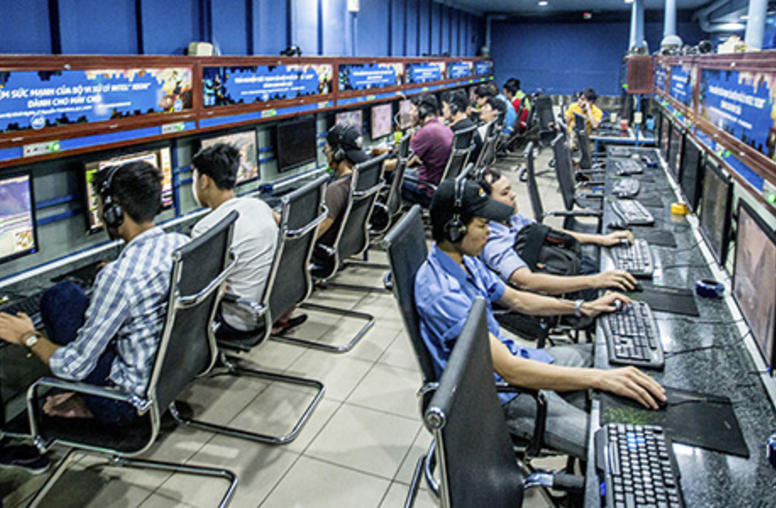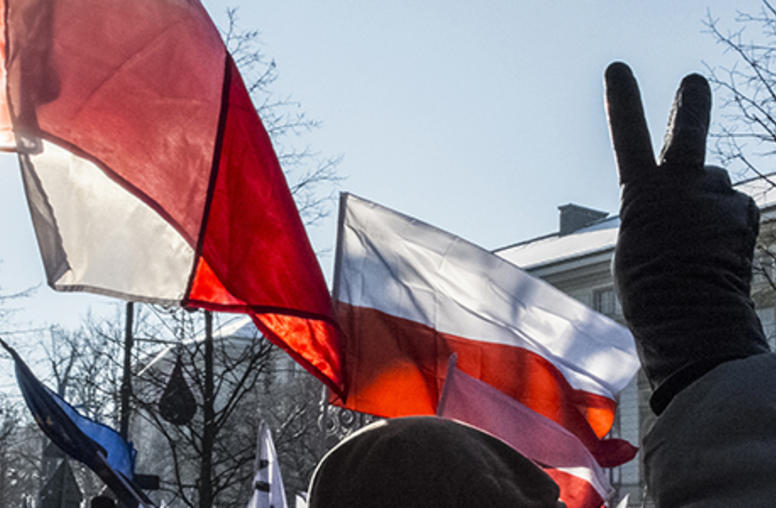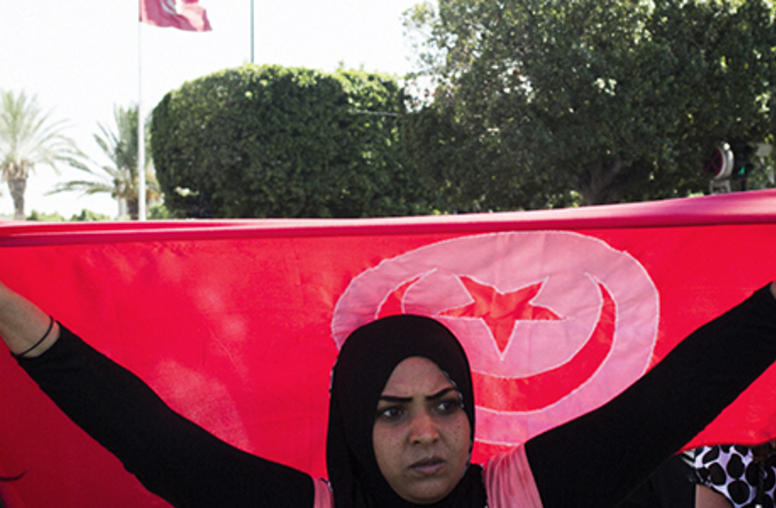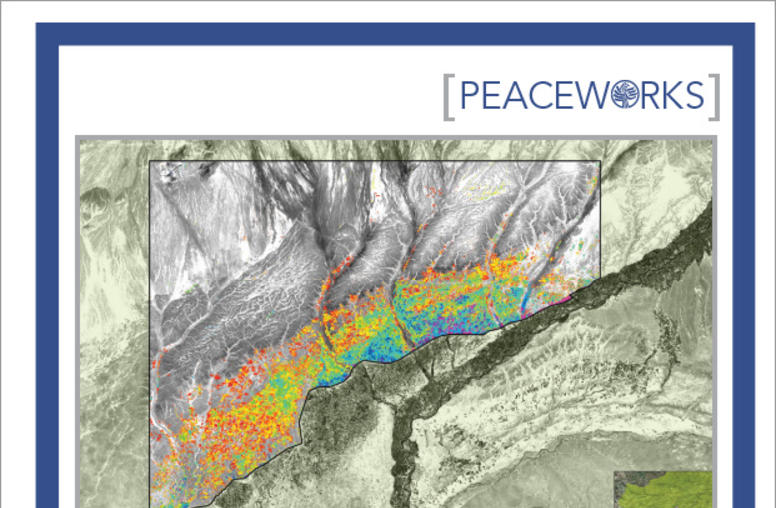PeaceTech Summit: Engineering Durable Peace
Read the Event CoverageOn September 19, 2014, the National Academy of Engineering and the U.S. Institute of Peace hosted the PeaceTech Summit: "Engineering Durable Peace."
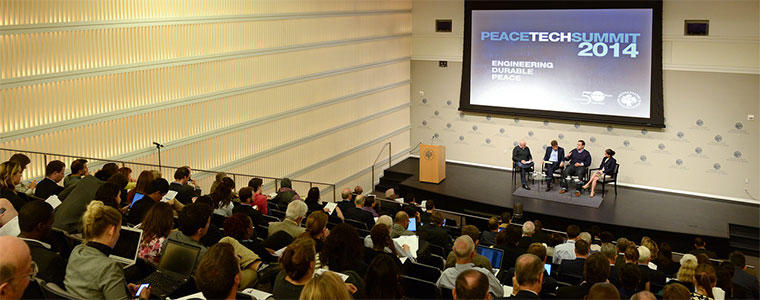
The summit brought together corporate and government officials, engineers, technologists and NGO leaders to look at how tech is used in conflict zones and ask, “Why aren’t we doing more in conflict prevention?” The event also launched the PeaceTech Lab, a new organization dedicated to developing and deploying technologies, media and data for conflict management and peacebuilding.
Speakers
- Opening Remarks
Stephen J. Hadley, Chairman of the Board, U.S. Institute of Peace
Dan Mote, President, National Academy of Engineering - Technologist Meets Peacebuilder
Vint Cerf, Chief Internet Evangelist, Google
Jane Holl Lute, Former U.N. Peacekeeping and U.S. Government Official - Keynote Remarks with Q&A
Alan Shaffer, Assistant Secretary of Defense for Research and Engineering - Enabling Entrepreneurs and Corporate Investment in Stressed States
A Conversation with Entrepreneurs and Christopher Schroeder
(Author of Startup Rising: The Entrepreneurial Revolution Remaking the Middle East) - An Introduction to the PeaceTech Lab
Sheldon Himelfarb, Director, PeaceTech Initiative, U.S. Institute of Peace
Also Featuring
- Tech for Peacebuilding: Lightning Rounds
